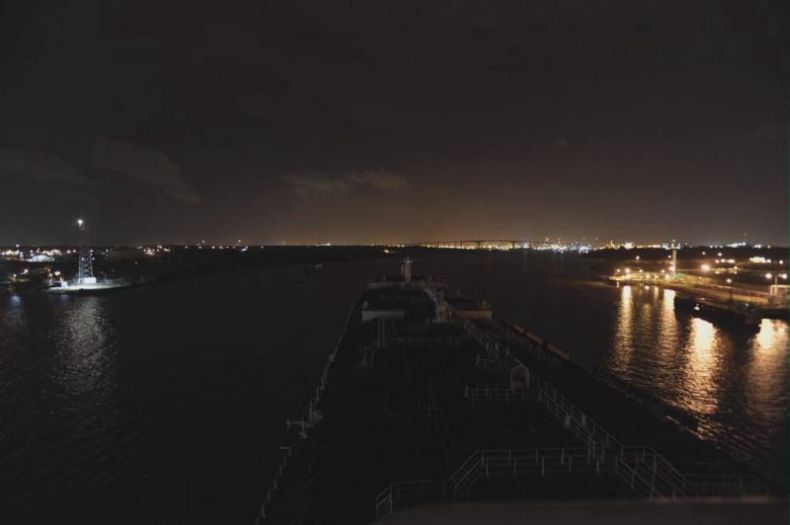|
|
Ship Vessel View
|
Vessels are also subject to ocean surface waves and sea swell as well as effects of wind and weather. These movements can be stressful for passengers and equipment, and must be controlled if possible. The rolling movement can be controlled, to an extent, by ballasting or by devices such as fin stabilizers. Pitching movement is more difficult to limit and can be dangerous if the bow submerges in the waves, a phenomenon called pounding. Sometimes, ships must change course or speed to stop violent rolling or pitching.
Lifecycle
A ship will pass through several stages during its career. The first is usually an initial contract to build the ship, the details of which can vary widely based on relationships between the shipowners, operators, designers and the shipyard. Then, the design phase carried out by a naval architect. Then the ship is constructed in a shipyard. After construction, the vessel is launched and goes into service. Ships end their careers in a number of ways, ranging from shipwrecks to service as a museum ship to the scrapyard.
|
|









